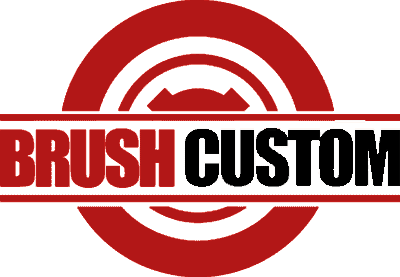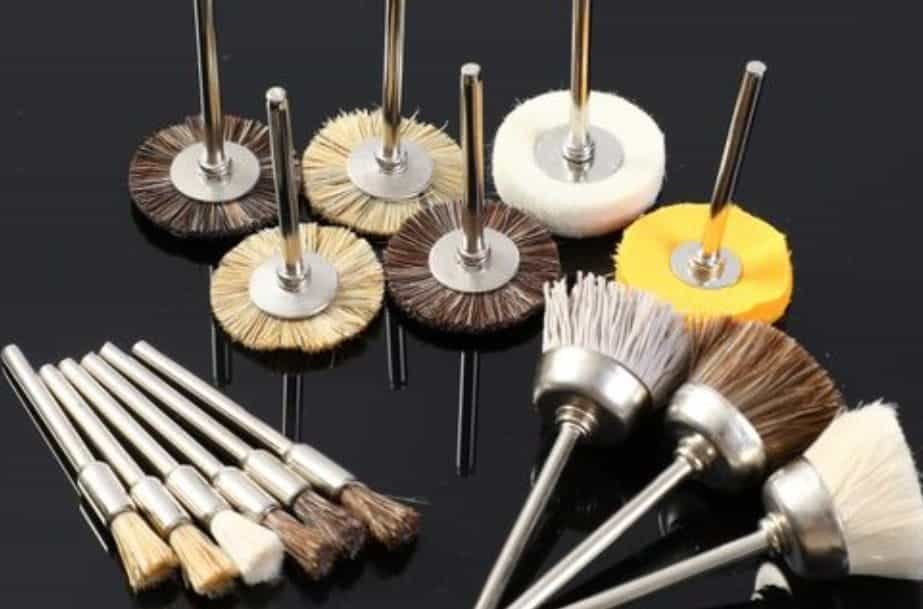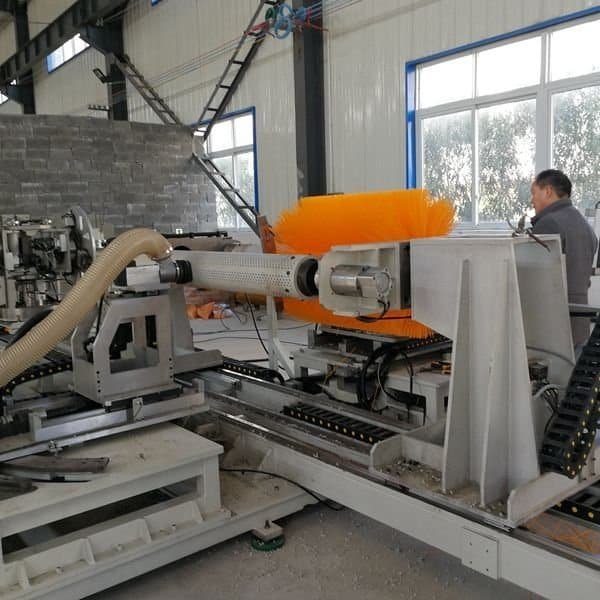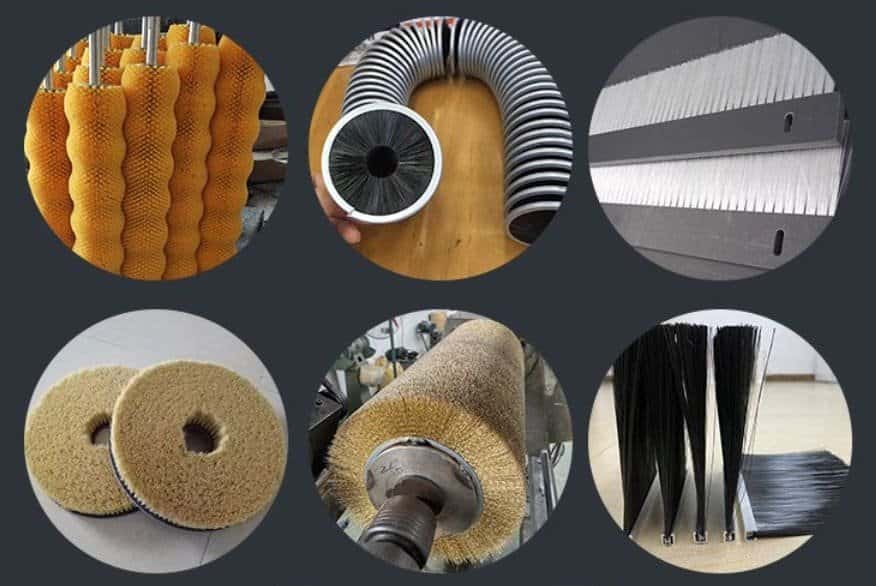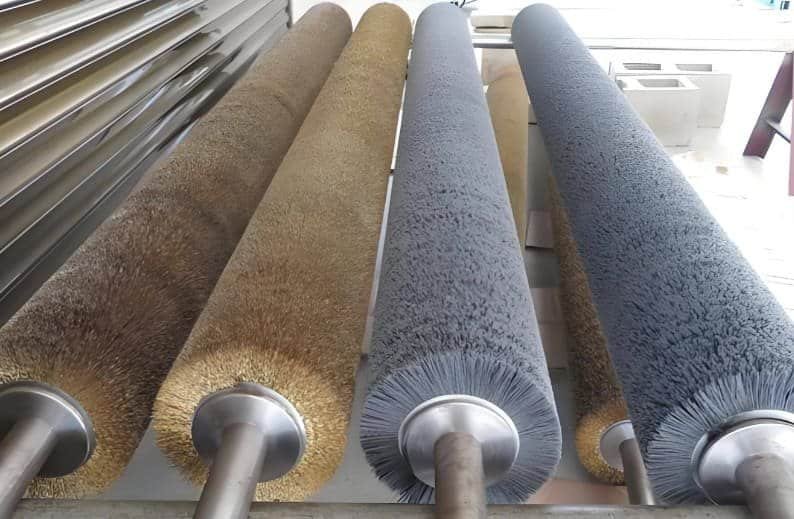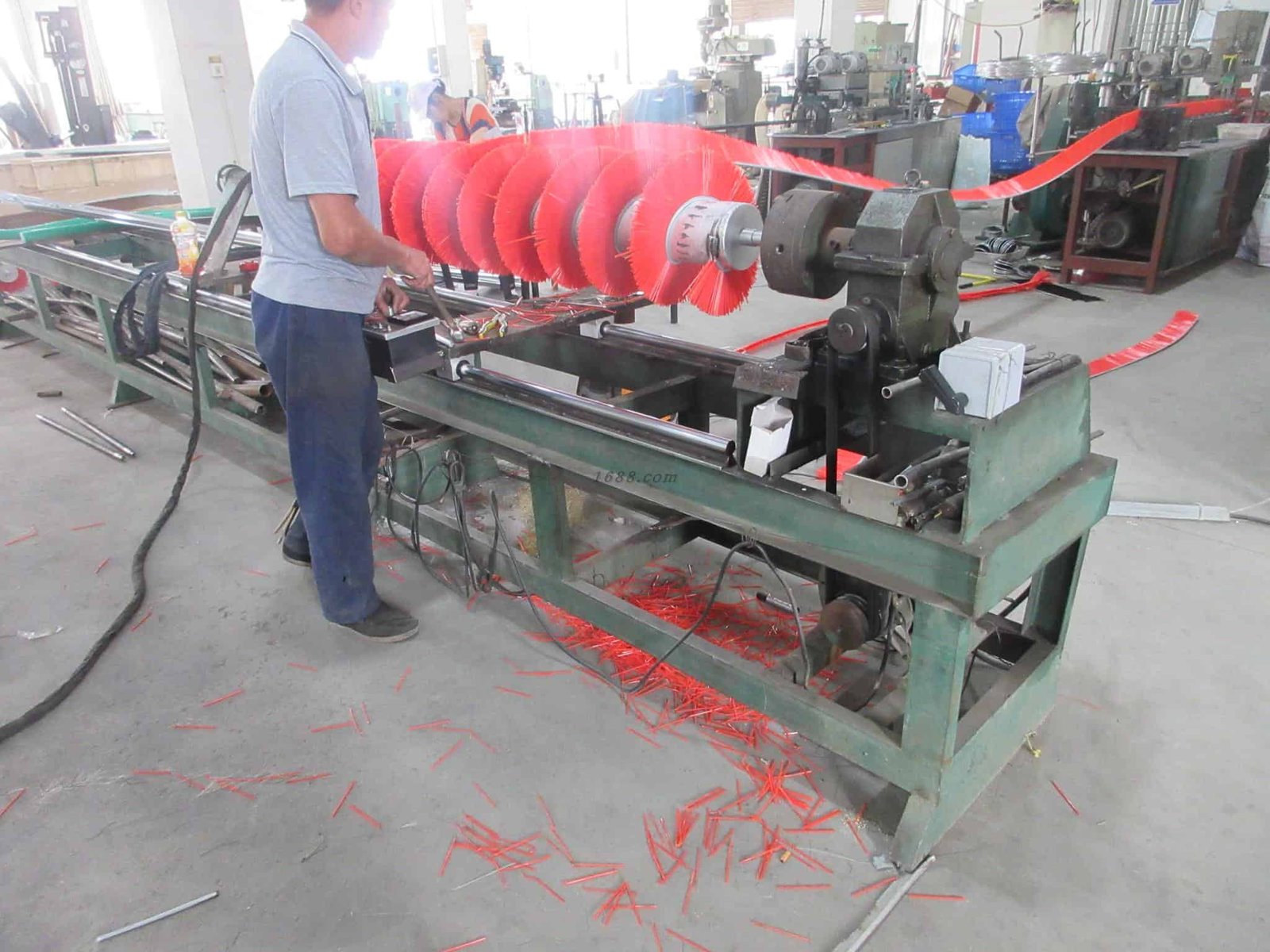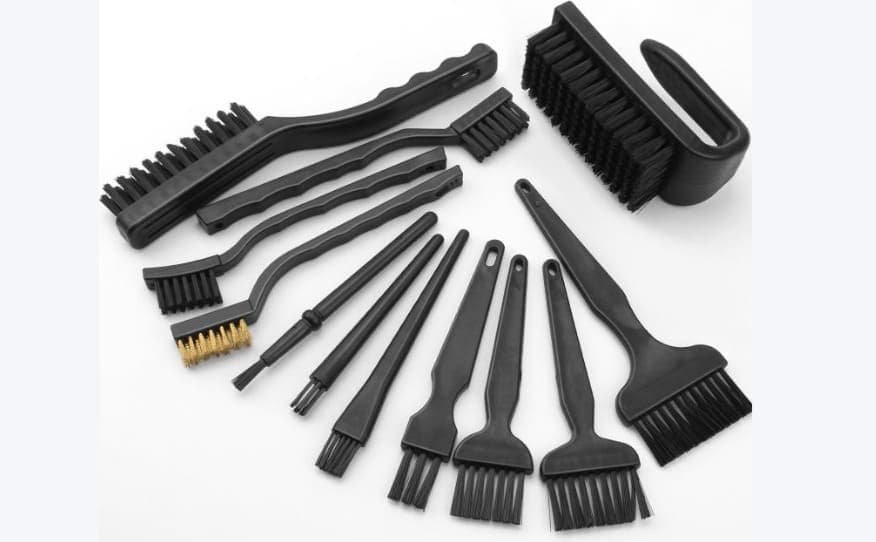Abrasive brushes are crucial to clean, debur, polish and finish surfaces in many industries. They offer precise, adaptable and efficient solutions for surface maintenance and preparation. In this blog post we will explain different types, common uses and main benefits of abrasive brushes. We will also share some tips for choosing the best abrasive brush.
What is an Abrasive Brush?
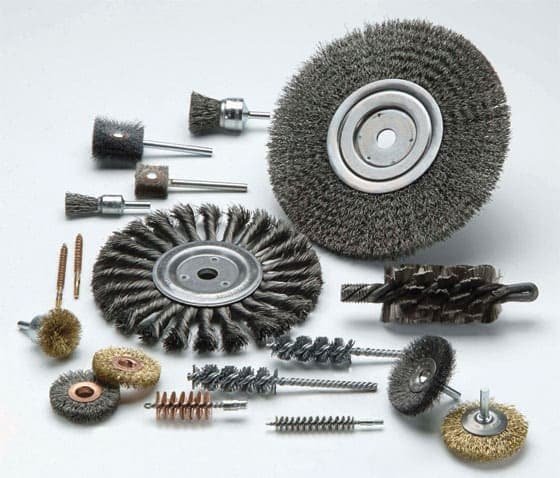
In simple terms, an abrasive brush has bristles that are made from metal or nylon. These bristles mostly have abrasive grains like aluminum oxide or silicon carbide. These brushes cleans surfaces, removes rust and finishes edges by using friction to wear away material. They can work on wood, metal, plastic and other materials. That’s why many industries use abrasive brushes.
How Abrasive Brushes Work
Abrasive brushes use two mechanisms at the same time. Nylon bristles deliver impact force and the abrasive grains embedded in them provide the cutting action. By combining these effects abrasive brushes can handle many surface treatment tasks.
1. Light Deburring and Finishing
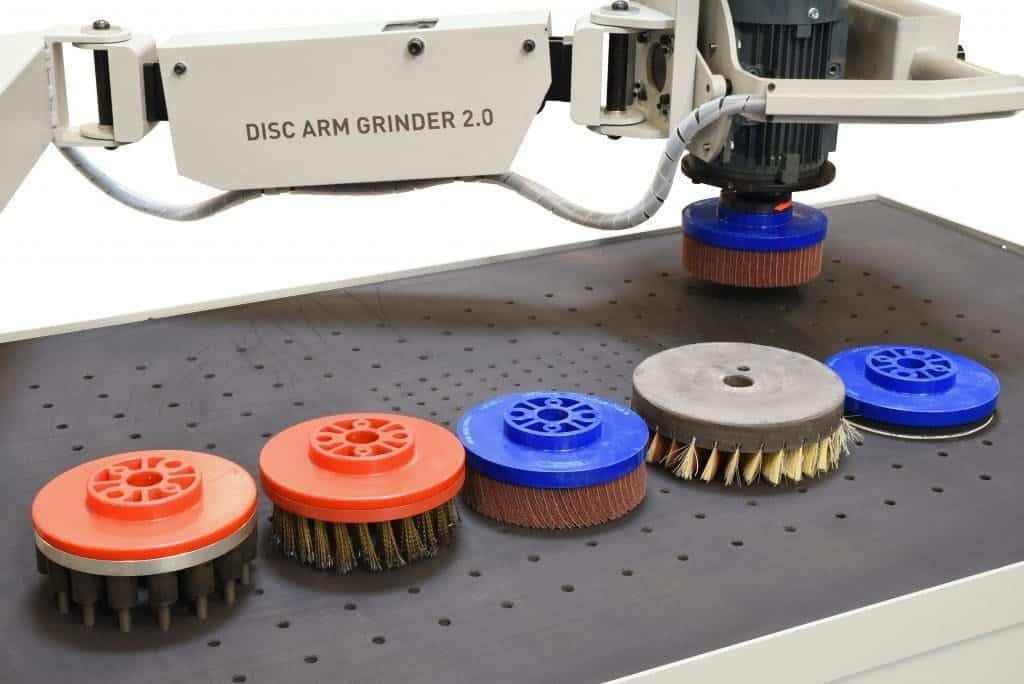
Abrasive brushes remove small burrs and sharp edges from machined parts. The bristles rotate and touch the edges of the workpiece, slowly wearing away flaws. For best results the brush should move across the edge at a 90 degree angle. This can finish and deburr parts in one setup, thus saving production time.
2. Surface Conditioning/ Preparation
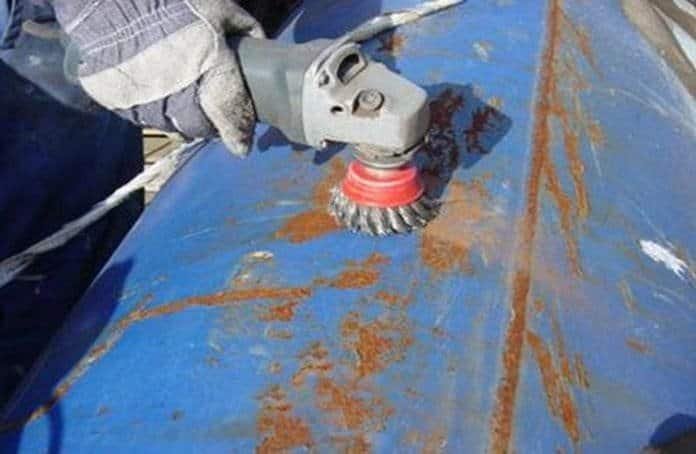
These brushes get surfaces ready for later steps like painting or welding. They strip away paint, rust and coatings, thus exposing bare metal. Abrasive brushes don’t generate too much heat unlike more aggressive grinding tools so they also protect the workpiece from heat damage.
3. Polishing
Abrasive grains inside the brush create smooth and polished surfaces on many materials. Nylon abrasive brushes are good for polishing because they are less harsh as compared to wire brushes. They give a uniform finish without scratching or gouging delicate surfaces.
4. Cleaning
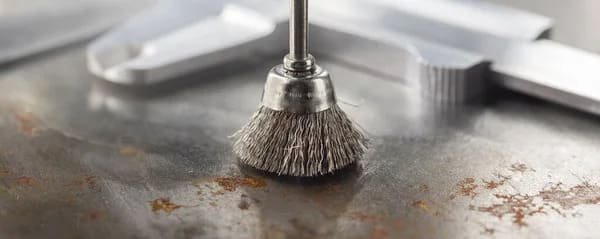
Abrasive brushes clear away oxidation, contaminants and debris from surfaces. Their mechanical action combined with abrasive cutting cleans thoroughly but doesn’t harm the base materi55al.
5. Texture and Blending
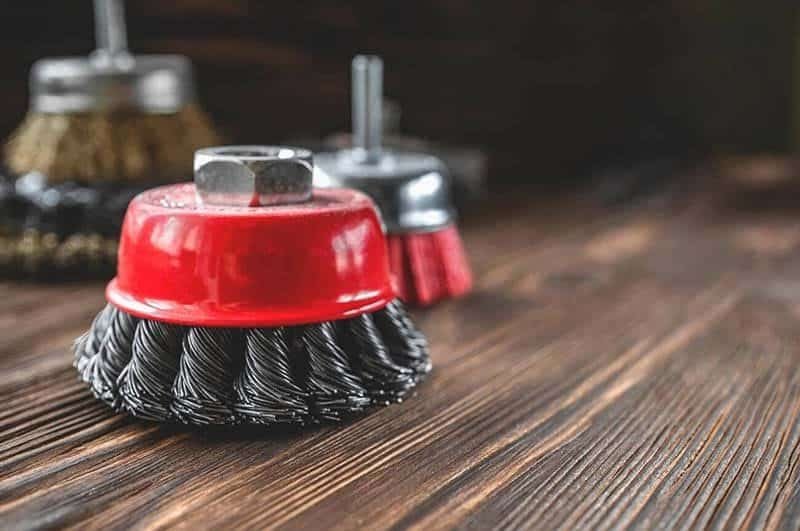
These brushes blend different areas together and create even surface textures. They can also create the straight lined brushed look that’s common on metal products.
Types of Abrasive Brushes
Wire Abrasive Brushes
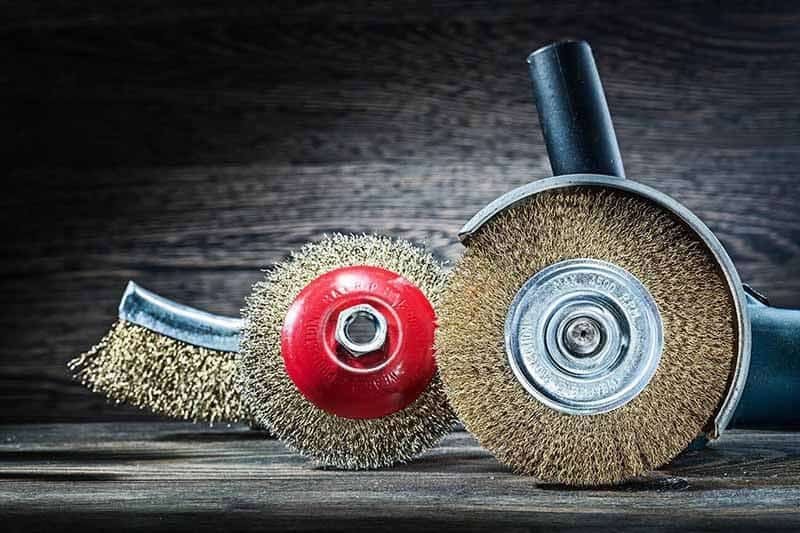
Wire brushes use stiff metal wires like brass, steel or stainless steel to clean surfaces. Sharp tips of the wires scrape off rust, paint or scale. You can find these brushes as cups, wheels or hand held tools. They are best for aggressive cleaning and deburring on metal.
Also See: What is the Difference Between a Steel and a Brass Wire Brush
Abrasive Nylon Brushes
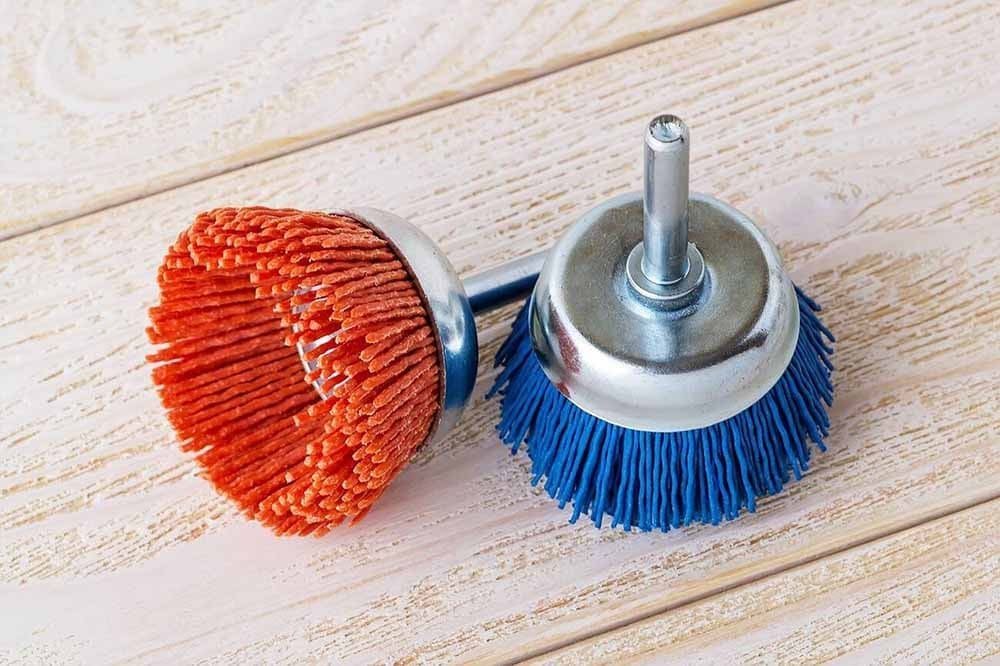
Abrasive nylon brushes have nylon filaments with abrasive grains like silicon carbide or aluminum oxide. These brushes produce less heat as compared to wire brushes. You can use them on delicate materials without damaging them. They are good for paint stripping, rust removal as well as surface preparation.
Brushcustom offers nylon brushes with different abrasive grain types and filament designs so you can choose the right mix of cleaning power and surface care for your needs.
Also See: Nylon Brush vs Wire Brush
Specialty Abrasive Filaments
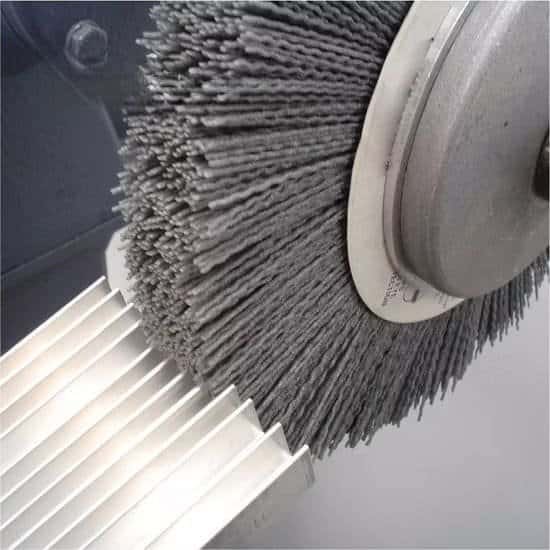
Specialty abrasive filaments have nylon filled with high performance abrasive grains. Some advanced types like those with diamond or ceramic grit can cut up to 6 times faster as compared to standard silicon carbide filaments. You will find these filaments in demanding jobs like honing, deburring and edge radiusing.
Non Woven Abrasive Brushes
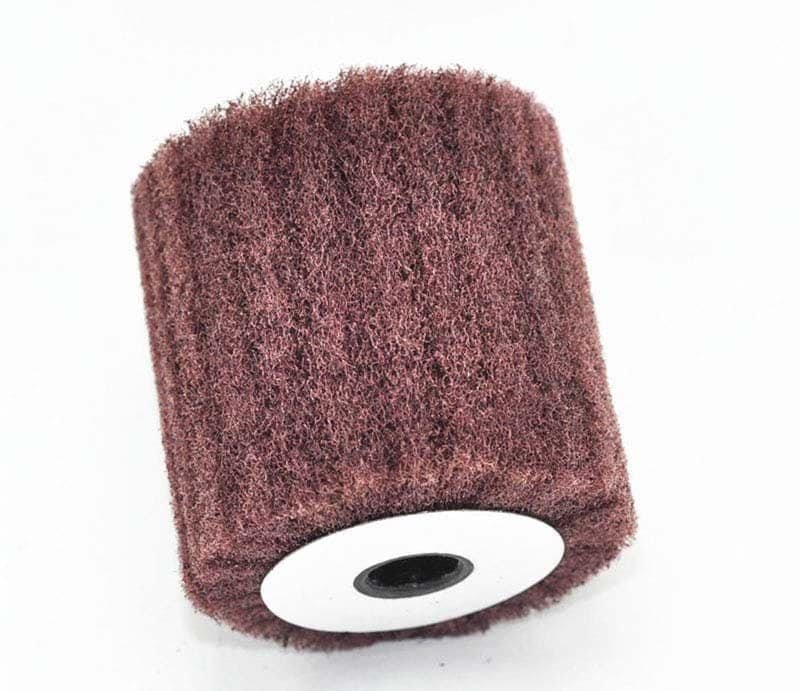
Non woven brushes have synthetic fibers mixed with abrasive grains. These brushes conform to uneven surfaces easily. They are good for cleaning welds, blending and making satin or matte finishes. Their design prevents heat buildup and resists loading, so results are smooth and even.
Bristle Blasting Brushes
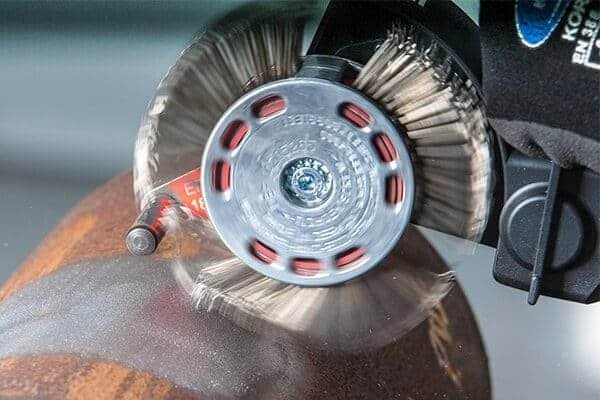
Bristle blasting brushes contain sharpened, high carbon steel bristles attached to a rotary tool. When the tool spins, bristles hit the surface with force which then performs cleaning and roughening of metal. This action not only removes contaminants but leaves a textured finish as well, which is ready for coating or painting.
Key Benefits of Abrasive Brushes
Great for Surface Cleaning and Preparation
Abrasive brushes clean and prepare surfaces with high effectiveness. They remove paint, rust and mill scale from metals. This leaves a clean surface that is ready for welding or coating. Some brushes like those made with abrasive nylon or steel wire can easily remove stubborn contaminants. They do this without damaging the base material.
Precision and Access
Flexible bristles let abrasive brushes get into holes, grooves and complicated shapes. This is important for cleaning threads, deburring gears and finishing detailed parts. It helps keep tight tolerances and assures high part quality.
Versatility Across Brush Types
Abrasive brushes can be made from nylon, metal wire or non woven materials. This range allows them to work on many materials and jobs. You can use them on plastics, metals, wood as well as composites. They work well for heavy duty cleaning as well as gentle polishing tasks.
Process Efficiency and Automation
You can use these brushes with hand tools or in automated equipment. Automation increases consistency and throughput. Some production lines use automated brushing to process hundreds of parts per hour.
Surface Finish Quality
Abrasive brushes produce repeatable and consistent finishes. As the brush wears, new abrasive grains are exposed. This keeps the finish uniform even after long periods of use.
Affordability
Abrasive brushes last a longer time and wear out less. They reduce maintenance and replacement costs. They can do many tasks and work efficiently, thus reducing labor and processing costs. So they are affordable for many applications.
Industrial Uses of Abrasive Brushes
Many industrial fields use abrasive brushes for their different types of tasks. Every industry has its own challenges and needs.
Metal Industry
Abrasive brushes are key in metalworking. They remove burrs, rust and scale from metals like aluminum and steel. Workers use them to prepare surfaces before painting or welding. They also clean weld seams.
Pipes and Internal Surfaces
Cleaning and finishing the inside of cylinders or pipes is another area where abrasive brushes excel. Flexible brushes reach into areas that are hard to access. They remove rust, scale and residues. This meets pipe cleanliness standards and works reliably in industries like oil & gas or water treatment.
Brush Custom has worked with oil & gas clients to develop flexible strip brushes. These brushes clean inside long pipes and reach areas that standard tools can’t get to.
Composites, Fiberglass and Plastics
Finishing fiberglass, composites and plastics requires a gentle touch. Abrasive brushes remove flash, smooth edges and create even surface texture without harming the material. These tasks are critical in different industrial fields like aerospace and automotive. In these industries composite materials are common and surface quality affects both safety and performance.
Aerospace and Automotive
Abrasive brushes are also used a lot in automotive & aerospace work. They finish surfaces, deburr engine parts and clean components. Their accuracy maintains tight tolerances which makes them crucial for critical systems.
Electronics and Precision Manufacturing
Electronics manufacturing uses abrasive brushes for micro deburring, polishing delicate parts and cleaning circuit boards. These brushes give the precise finishes that electronic devices require. Brushes with fine filaments can remove small burrs and polish wafers. They do this without harming sensitive components.
How to Choose a Right Brush
You should pay attention to these factors to select a brush that matches your material, finish and application requirement.
1. Wire/ Filament Material
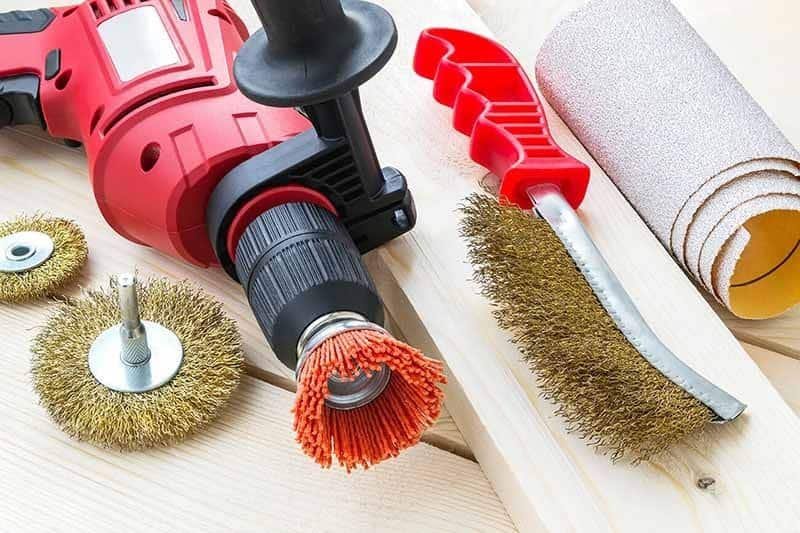
Choose the filament material or wire according to your workpiece.
- Use steel wires for strong cleaning action.
- Stainless steel wires are corrosion resistant.
- Nylon filaments which often have abrasives like aluminum oxide or silicon carbide work well on non metallic parts and delicate surfaces.
2. Wire/ Filament Diameter (Gauge)
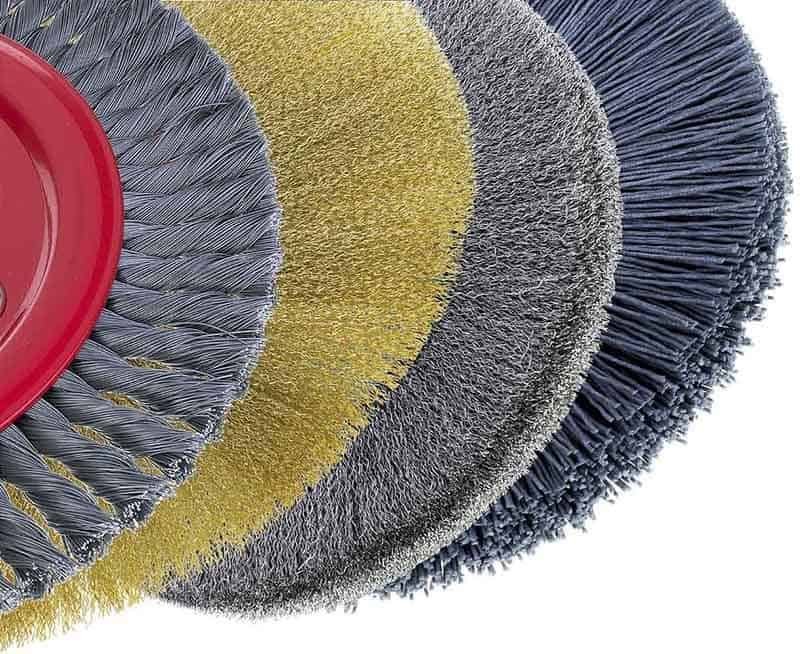
Diameter of the filament or wire determines how aggressive the brush is and the finish it leaves. Thicker filaments or wires clean more aggressively and last longer but may scratch softer materials. Finer gauges are for finishing delicate edges and precision tasks. Choose the wire diameter that fits your needs.
3. Trim Length
Trim length also matters as it affects brush life and flexibility. Longer trims bend more and handle irregular surfaces. On the other hand, shorter trims are stiffer and better for aggressive brushing on flat surfaces.
4. Filament Configuration
Look at the arrangement of filaments because this affects the performance of the brush. Crimped wires are flexible and work well on uneven surfaces. Twist knot configurations are stiffer and give better cleaning for scale and welds.
5. Brush Size, Form and Mounting
Make sure the brush fits your tool and the job. Cup, wheel and end brushes have different uses. Always check the maximum RPM rating & mounting compatibility to assure performance and safety.
If you are not sure which configuration to use then don’t worry, as Brushcustom’s technical experts can help you select the right trim length, filament density and mounting style for your process.
Conclusion
Abrasive brushes are a quick and easy way to clean, finish and prepare surfaces in many industrial fields. These brushes increase product quality, reduce processing time and work well on many tasks from deburring to polishing.
If you need any kind of custom abrasive brushes then Brush Custom is your best option. You can contact us anytime.
FAQs
Can different abrasive grains be used for abrasive brushes?
Yes abrasive brushes can be made with several types of abrasive grains. Options include aluminum oxide, ceramic, CBN, silicon carbide and diamond. Every grain type has different cutting ability and is suited for particular tasks.
What’s the purpose of a 1 minute stand alone test before brushing?
Running a 1 minute test on its own checks how the brush affects the material. This step confirms that the brush is good and helps avoid surface damage before full production.
What’s the difference between abrasive brushing & shot peening?
Abrasive brushes use grains fixed in the brush to grind or cut surfaces for precise finishing. Shot peening, on the other hand, uses round particles to strike the surface which creates compressive stress and increases metal strength.
How common are polymer-filament brushes with abrasive grains?
Polymer-filament brushes are very common, in particular nylon brushes with internal abrasive grains. They are mostly used for cleaning, deburring and finishing many types of surfaces.
Can brushing move contaminants between materials?
Yes contaminants can move from one material to another during brushing or finishing. This risk increases if you use the same brush on different metals.
